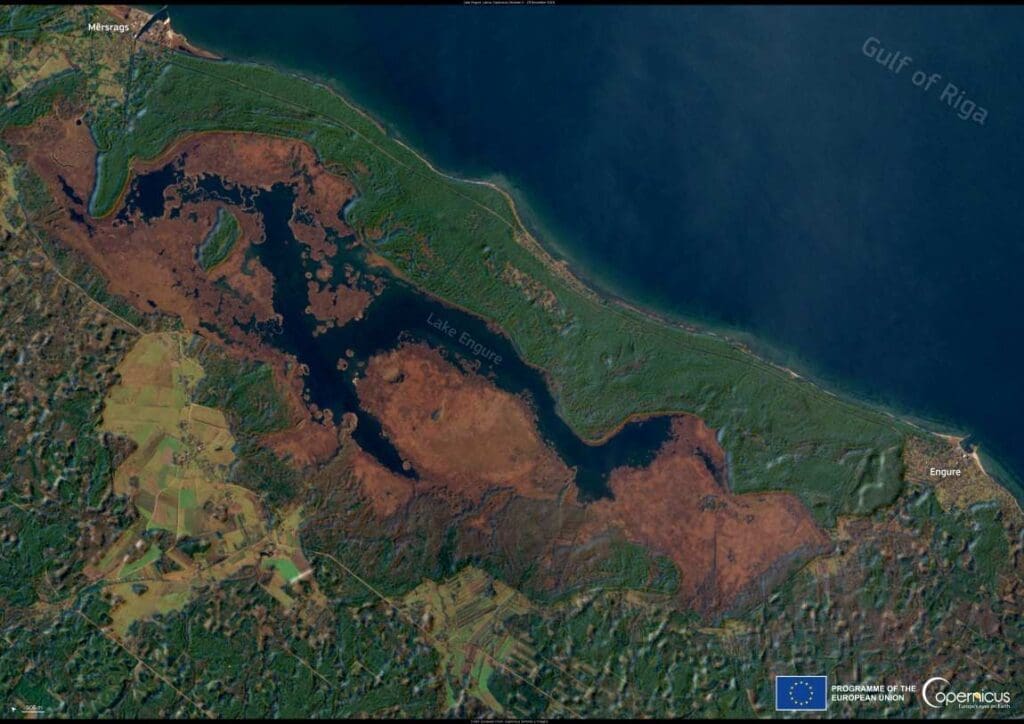Lake Engure, a shallow coastal lake in Latvia, stands out as a sanctuary for biodiversity. Recognized as a Ramsar site, it serves as a critical habitat for 186 species of nesting birds, 48 of which are considered threatened in Europe. During the late breeding season, the lake hosts over 25,000 waterbirds, showing its importance as a haven for avian life.
Surrounding the lake, a mosaic of sandy beaches, meadows, forests, and fishing villages supports an extraordinary variety of flora, with over 800 recorded plant species. The floodplains further sustain wild livestock, including horses and the rare Latvian Blue cow, highlighting the interconnectedness of its ecosystems.

This region is not only a hotspot for wildlife but also a magnet for nature-based tourism and a focus of long-term scientific research. Its unique landscapes and ecological significance draw attention to the value of preserving such environments.
The image, taken by a Copernicus Sentinel-2 satellite on 29 November 2024, reveals the stunning extent of Lake Engure and its surrounding landscapes. The Copernicus Sentinel satellites play a pivotal role in documenting the health of ecosystems like Lake Engure. The data they collect provides essential insights for protecting the extraordinary species and habitats that thrive within these vital environments.
Featured image credit: European Union, Copernicus Sentinel-2 imagery




